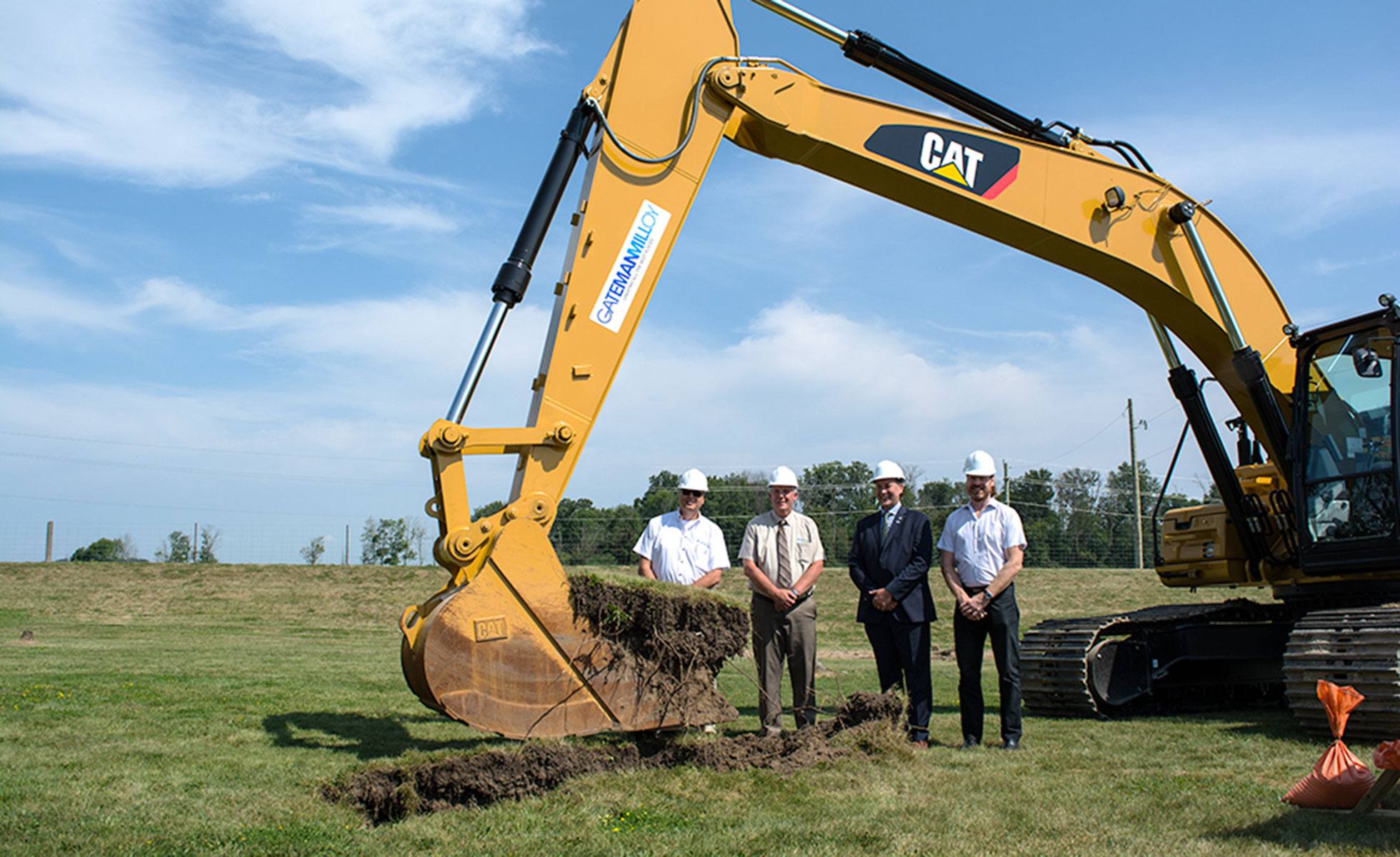
Oxford County aims be the first in Canada with a 'net-zero' certified building. (Photo: Zachary Cox)
“We’re definitely pushing the envelope with this new facility,” says Melissa Abercrombie, manager of engineering services for southern Ontario’s Oxford County. “If it works out, and we meet our target, it will be the first building in Canada to receive ‘net-zero’ certification from the New Buildings Institute.”
Abercrombie is talking about a $1.8 million office building designed for Oxford’s waste management staff and set to open in early 2018. She calls it a “net-zero energy” structure because solar panels placed next to it will produce enough juice to cover its power needs and those of an adjacent landfill operation. The project is visionary because it changes the very notion of what buildings are about. No longer just electricity users, they’re becoming (in equal measure) electricity generators.
Power from the solar panels will be sent to the grid and provide the county with a credit on its monthly hydro bill. The project is more than just a climate solution; it also saves Oxford money.
The county is planning to run student tours at the facility and hopes to create interactive displays on energy efficiency and renewables. “It’s an opportunity to teach kids and their parents how they can reduce energy use in their own homes,” Abercrombie explains. “We’re showing what’s possible.”
Farmers are entrepreneurs. They’re risk-takers — they’re open to new technology. And, they care about the environment because they rely on it for their well-being.
Peter Crockett
The zero-energy building is the latest installment in Oxford’s plan to provide all its energy — for electricity generation, heat and transportation — from renewable sources by 2050. The county is the first Ontario municipality to embrace such an audacious goal.
I ask Abercrombie why this energy revolution is happening in Oxford, as opposed to anywhere else in the province. “Our warden and councilors see electric vehicles and renewables as the way the world is going,” she explains. “We as [county] staff can move these projects forward because we have the backing of the political leadership.”
Abercrombie is also motivated at a personal level: she feels “a lot of pride” about Oxford’s innovation.
The county’s chief administrative officer, Peter Crockett, believes Oxford is an energy innovator because local residents want it to be.
“We decided as a community where we wanted to go and established the vision and leadership — and found the courage — to make it a reality,” Crockett says, emphasizing that the decision to go green came after extensive community consultation and buy-in.
Crockett also points to the county’s farming roots. “Farmers are entrepreneurs. They’re risk-takers — they’re open to new technology,” he says. “And they care about the environment because they rely on it for their well-being.”
Climate change mitigation, cost savings, educational opportunities… the rewards of zero-energy buildings are many. Pioneers such as Oxford experience them first — but with residents’ support and politicians’ commitment, these structures can be built across Canada and all of us can enjoy their benefits.


